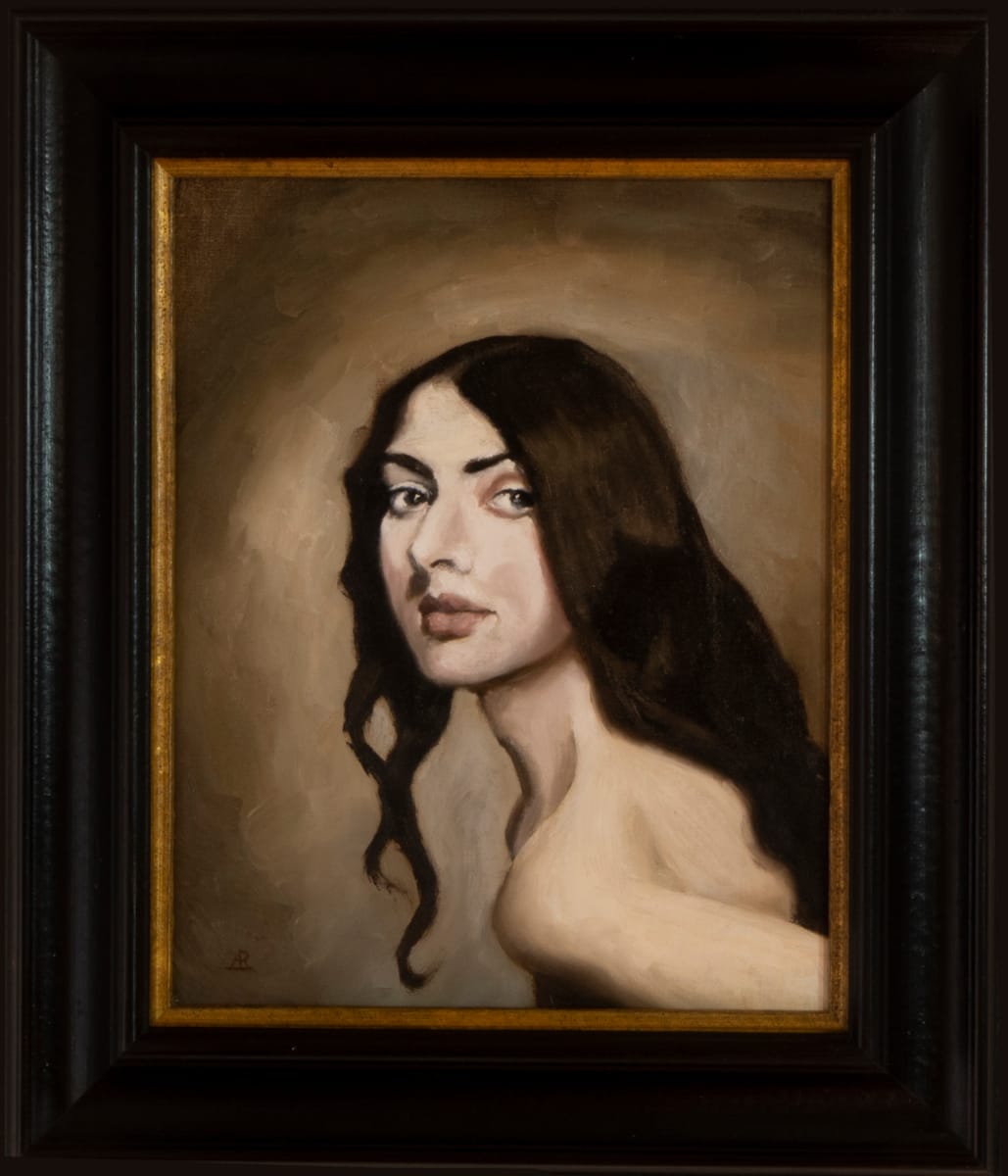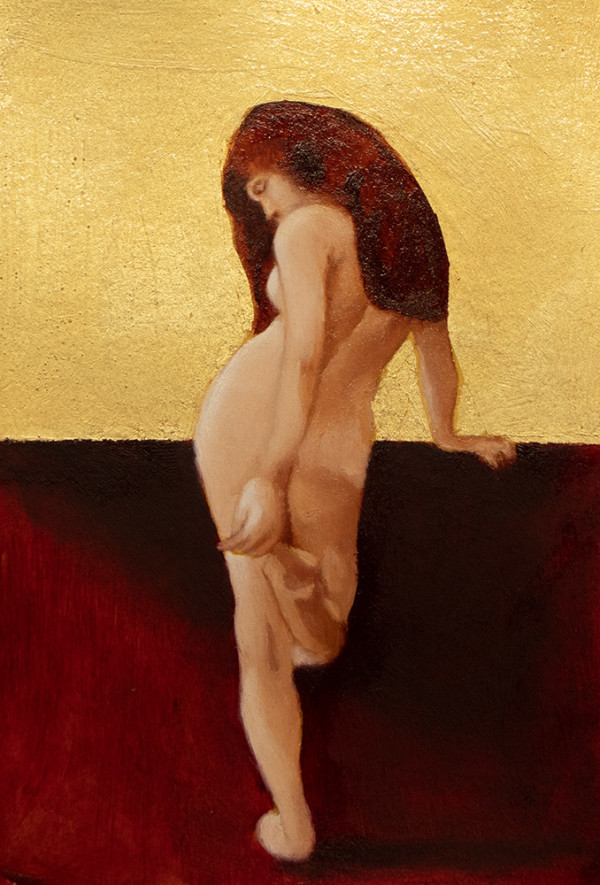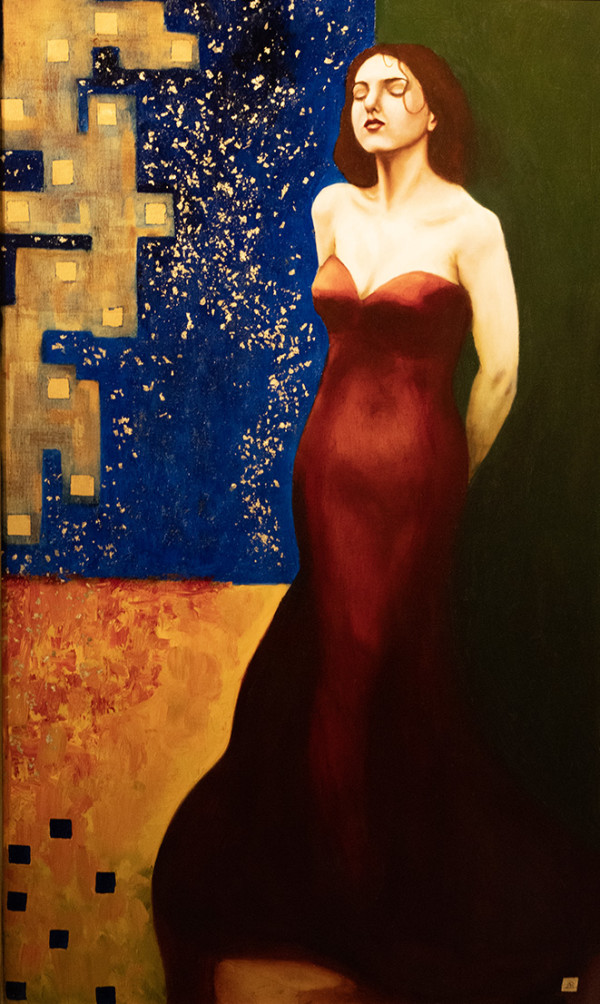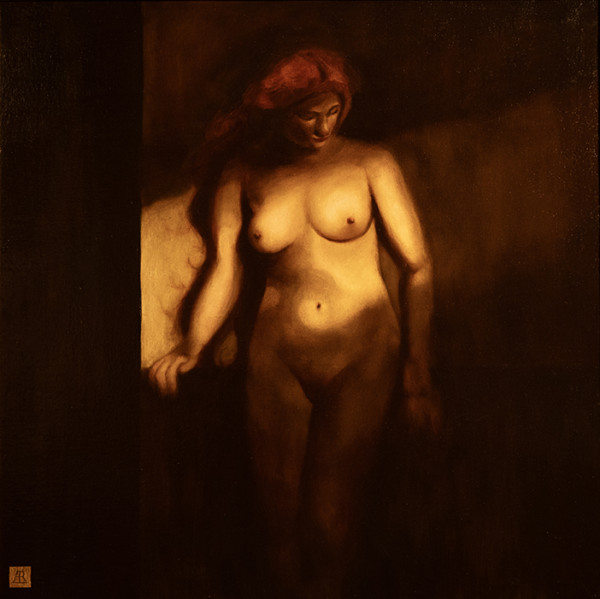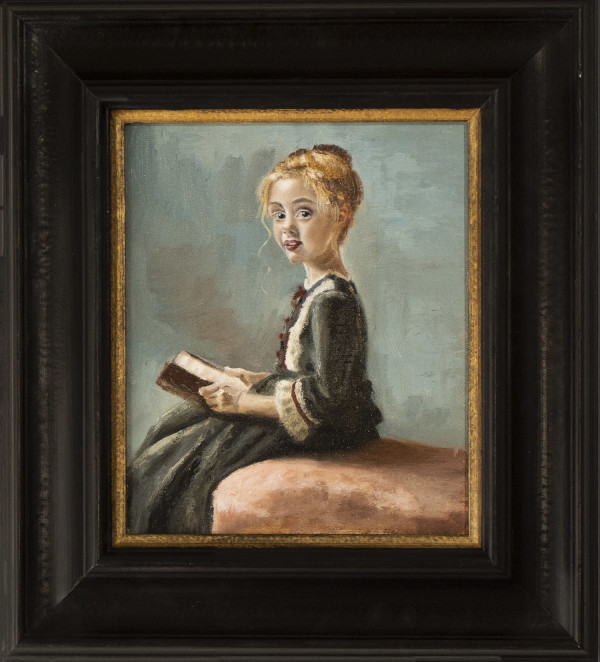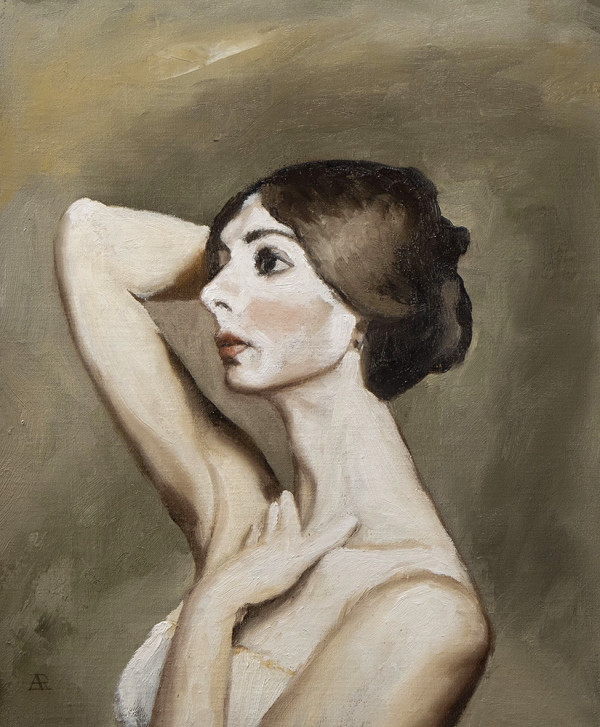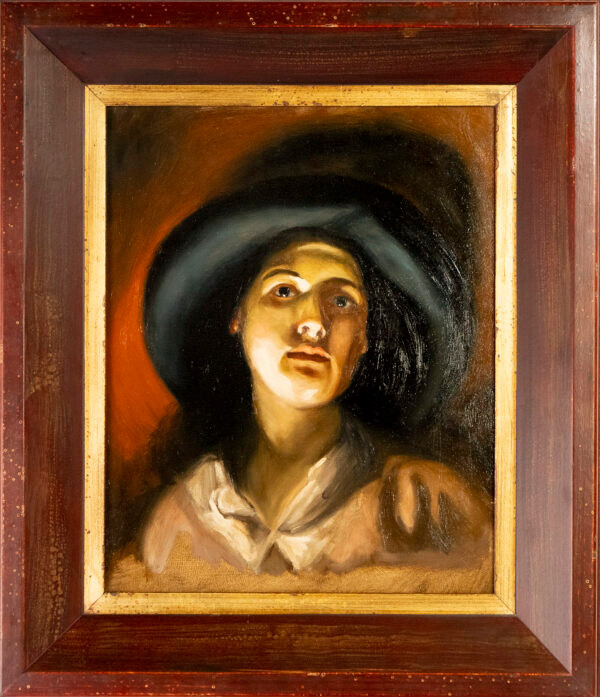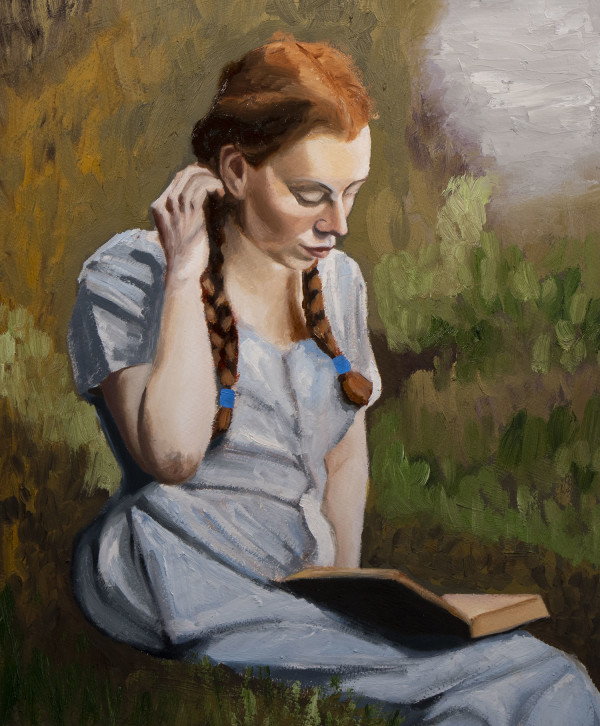- André Romijn
- Nulla in mundo pax sincera - Aria, 2021
- Oil
- 37.5 x 30 x 1 cm (14.76 x 11.81 x 0.39 in)
- Framed: 52 x 45 x 5 cm (20.47 x 17.72 x 1.97 in)
- Signature: Autograph on front – signed verso
- €795
-
Available
This painting refers to the first Aria of Antonio Vivaldi's ‘Nulla in mundo pax sincera’. 'Nulla in mundo pax sincera' is a sacred motet (RV630) crafted by the renowned composer Antonio Vivaldi in the year 1735, set to an anonymous Latin verse. During the 18th century, a motet was distinctly defined as a sacred vocal composition featuring non-liturgical Latin text. The title of this particular motet can be interpreted as 'In this world, genuine peace is absent' or 'True peace in this world is marred by bitterness.' Vivaldi designed his motets as showcase pieces for the talented female musicians of the Figlie di Coro at the Ospedale della Pietà in Venice. This specific composition was tailored for a soprano possessing an exceptionally high vocal range, spanning from E above middle C to the B a twelfth higher, making it one of the most captivating among Vivaldi's early motets created for the Pietà.
'Nulla in mundo pax sincera' comprises three distinct sections: Aria, Recitative, Aria, and culminates with a resounding Alleluia. This artwork is part of a larger series of four pieces.
Oil on Claessens linen, laid on wood
Original artwork by André Romijn
Size: 37.5 × 30 cm
Size hand-made frame 52 x 45 cm
Autograph on front – signed verso
Created: 2021
Artist’s description:
This painting draws its inspiration from the initial Aria of 'Nulla in mundo pax sincera.' In my perspective, the lyrics of this motet resonate with the world we inhabit today. Yet, considering that this motet was composed in 1735, based on an anonymous Latin text that might even predate it, one cannot help but ponder whether humanity has truly advanced. A poignant reflection indeed!
Aria
Nulla in mundo pax sincera
sine felle; pura et vera,
dulcis Jesu, est in te.
Inter poenas et tormenta
vivit anima contenta
casti amoris sola spe.
In this world there is no honest peace
free from bitterness; pure and true (i.e. peace)
sweet Jesus, lies in Thee.
Amidst punishment and torment
lives the contented soul,
chaste love its only hope.
- Subject Matter: Portrait
- Collections: Antonio Vivaldi, Pasqualina

